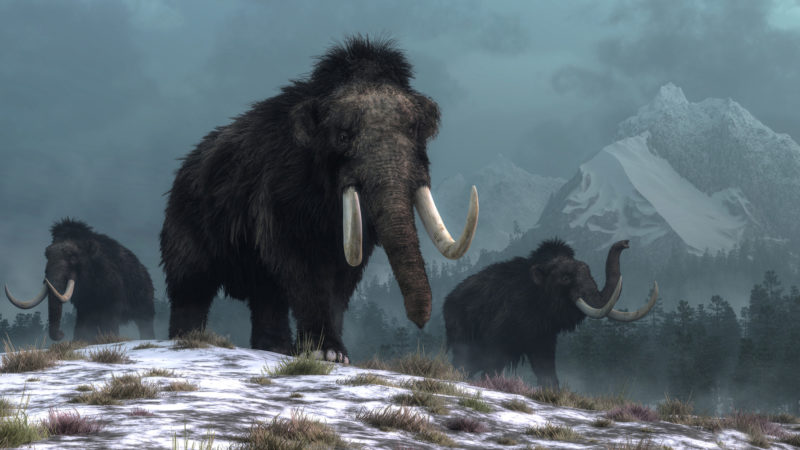Should we “de-extinct” the woolly mammoth?
Katrina St. John’s seventh-grade earth science students recently welcomed Dana Waring from the Harvard Medical School genetics lab to class. Dana, who is the the cofounder and education director of the Personal Genetics Education Project, spoke about CRISPR and its potential role in helping prevent climate change. (CRISPR is a gene editing tool that allows scientists to remove or deactivate a gene within an organism’s genome. It is being used for many applications, from eradicating mosquitos to curing sickle cell disease.)
After exploring the power of CRISPR, Dana discussed the possibility of bringing back the woolly mammoth. As the climate warms, thawing permafrost in the world’s tundras has the potential to release large amounts of methane gas, which would increase greenhouse gases. Steamrolling the permafrost compacts and cools it, which helps prevent the emission of harmful gases. An alternative to steamrolling is to have large animals stomp on the permafrost. A large section of Siberia has been turned into Pleistocene Park, where large animals are currently working on this. Bringing back the woolly mammoth would help in this effort.
Is it worth it to spend money, time, and brain power to bring back an extinct animal to help prevent more climate change, or should we focus our efforts on modifying our own impact on the Earth? By the way, woolly mammoth cells are currently being cultured in the lab next to Dana’s at Harvard!



